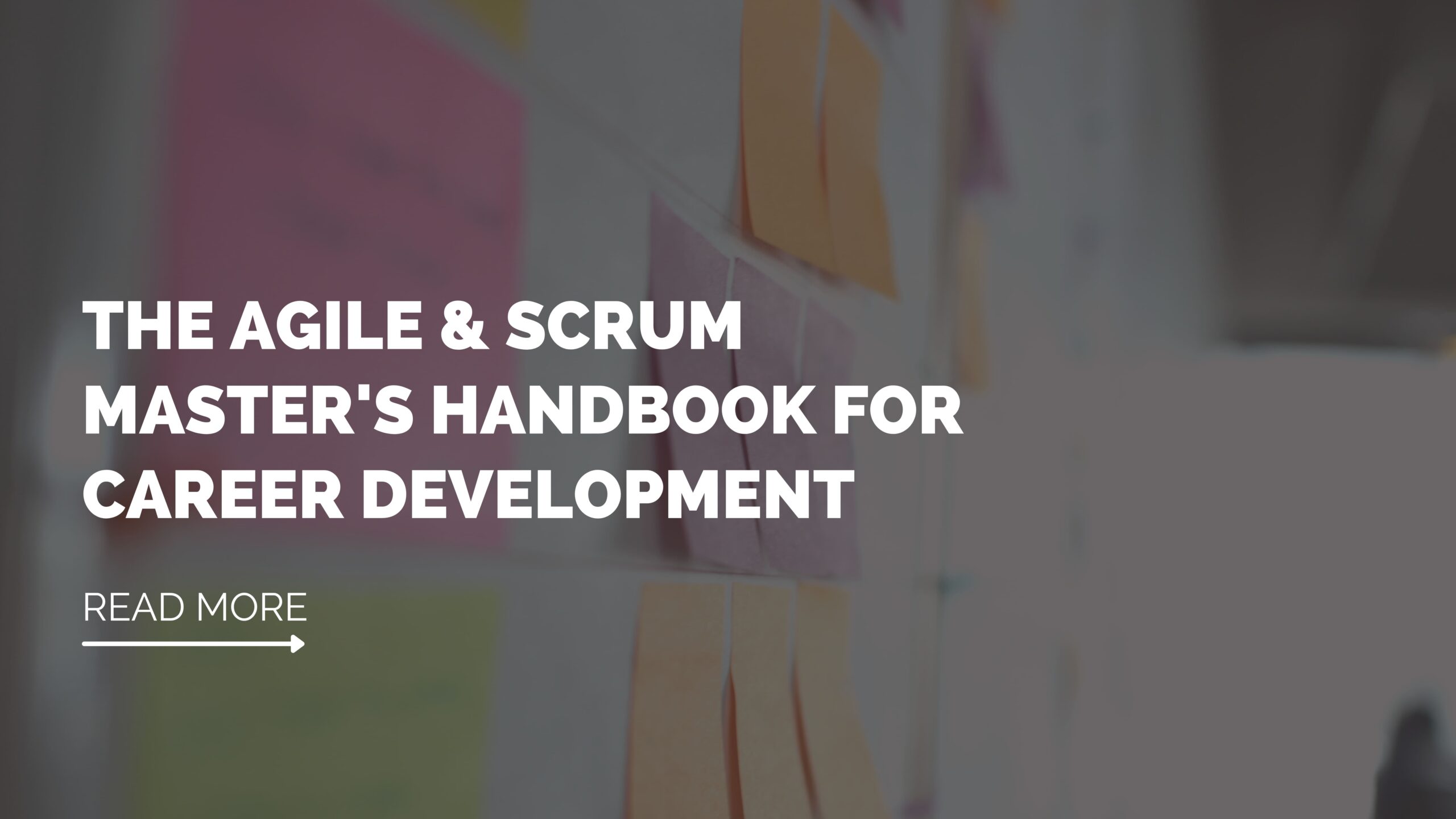Across industries, from the financial sector to manufacturing and retail, organizations increasingly adopt agile mindset. However, one sector where agile’s impact is significant, yet underreported, is the biomedical technology (BioMedTech) industry. Specifically, its application in software development projects is altering the BioMedTech landscape. This blog explores the crucial role agile mindset plays in BioMedTech software development projects, with a focus on a nearshoring company’s perspective that collaborates with US Life Sciences companies.
The BioMedTech Landscape and Agile Mindset: Key Statistics
According to a 2023 Gartner study, BioMedTech companies that employ the agile mindset in software development projects see a 50% increase in product deployment speed, a 35% improvement in stakeholder satisfaction, and a 20% decrease in project costs compared to those that don’t. Given these impressive stats, it’s hardly surprising that agile principles have become a fundamental aspect of BioMedTech software development projects.
Agility in BioMedTech: Bridging the Gap
Traditionally, the BioMedTech industry has been challenged by complex regulatory landscapes, long development timelines, and the necessity to ensure patient safety. Consequently, the need for a flexible, efficient, and result-oriented approach is evident. Therefore, agile mindset steps into this space, offering BioMedTech organizations a means to adapt quickly to changing requirements, foster better collaboration, and deliver high-quality software.
With agile, BioMedTech companies get the opportunity to break down complex software development projects into manageable ‘sprints’. These sprints facilitate quicker feedback, offer the potential to incorporate necessary changes promptly, and, most importantly, minimize risks related to product quality or regulatory compliance.
BioMedTech Software Development: Agile’s Role in Nearshoring
BioMedTech software development has long been a crucial facet of the U.S. life sciences industry, an industry which continues to thrive due to its commitment to innovation and best practice adoption. Among these trends, Agile methodologies and nearshoring have emerged as two particularly impactful developments.
Agile methodologies, with their iterative, feedback-oriented approach, allow for the creation of more robust, user-friendly, and adaptable BioMedTech software solutions. By the same token, nearshoring — especially to locales like Mexico with its strong technical talent pool, cultural similarities, and favorable time zones — offers cost efficiencies and streamlined project management. For U.S. life sciences companies, combining these two trends means keeping up with the fast-paced, dynamic demands of the healthcare sector while simultaneously managing costs and accelerating speed to market. This strategic fusion of Agile software development practices and nearshoring to Mexico, thus, is shaping the future of the BioMedTech industry in significant ways.
The global nature of these organizations allows them to take advantage of varied time zones, effectively creating a 24-hour development cycle. Accordingly, agile becomes the backbone of this process, ensuring the smooth functioning of the continuous integration and continuous deployment (CI/CD) model.
Nearshoring BioMedTech firms leverage agile mindset to tackle the geographical distance and keep the entire team on the same page. With tools for daily stand-ups, backlog management, and sprint planning, these organizations ensure transparent, efficient communication despite physical distances. Thus, they manage to uphold quality, meet deadlines, and satisfy stakeholders.
Embracing the Agile Culture in BioMedTech
In conclusion, agile mindset is not just another project management technique for BioMedTech companies. It’s a culture, a mindset that empowers them to deliver high-quality softwares, reduce costs, and enhance stakeholder satisfaction.
As the BioMedTech sector continues to evolve, agile mindset seems to have firmly cemented its position as the preferred approach for software development projects. For US Life Sciences companies, this translates into increased efficiency, client satisfaction, and a distinct competitive edge.
In need of agile experts in the Life Sciences Industry? Contact us right away!
About ITJ
ITJ is devoted to serving fast-growing and high-value market sectors, particularly the Internet of Medical Things (IoMT), working with innovative medical device companies looking to improve people’s lives. With a unique BOT (build, operate, and transfer) model that sources only the best digital talent available, ITJ enables companies in the US to create technology centers of excellence in Mexico and LatAm. For more information, visit www.itj.com.

